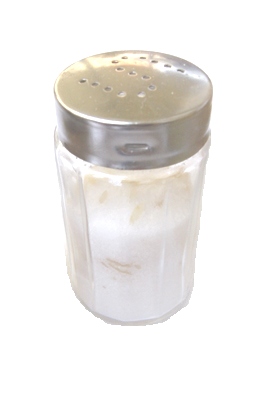
Today we had the chance to briefly discuss the new diagnosis of SLE in a South-East Asian male presenting with fever, chills, pleural effusions, and a drug-induced maculopapular rash. He was found to have pancytopenia (including both neutropenia and lymphopenia), an elevated creatinine, pancolitis on CT, pleural and pericardial effusions.
The ACR criteria for lupus suggest that patients must have 4 of the 11 criteria, although not necessarily concurrently. This lack of "simultaneous manifestations", unlike in our patient, can make earlier SLE much harder to diagnose without a high index of suspicion. This is important because the later the diagnosis, the more chance for irreversible damage, such as worsening lupus nephritis.
Here is an article on sex disparities in SLE. Interestingly, 4-22% of SLE occurs in males. Case control/cohort studies suggest that men experience more renal disease with SLE, and also more hematological manifestations. Serositis may also be more common in men. However, these results are conflicted and may be more complex in terms of race interactions and other factors than initially believed. Men may have a poorer long-term prognosis than women suggested by higher disease activity scores (SLICC score).
SLE, perhaps more so than any other rheumatological condition, is manifest by gross disparities in outcomes among patients of varying socioeconomic class and race/ethnicity. This has been extensively studied. Many factors play a role, inlcuding fixed factors, such as age, sex, race, and geography, and modifiable factors such as access to healthcare, insurance, social support. It is important to remember that these disparities exist in a sociopolitical context as well. Many texts classify socioeconomic status as a fixed factor, but I would argue that it is potentially modifiable with more adequate social assistance, and policies that recognize and address the social determinants of health. Here is a review of the disparities in SLE.





